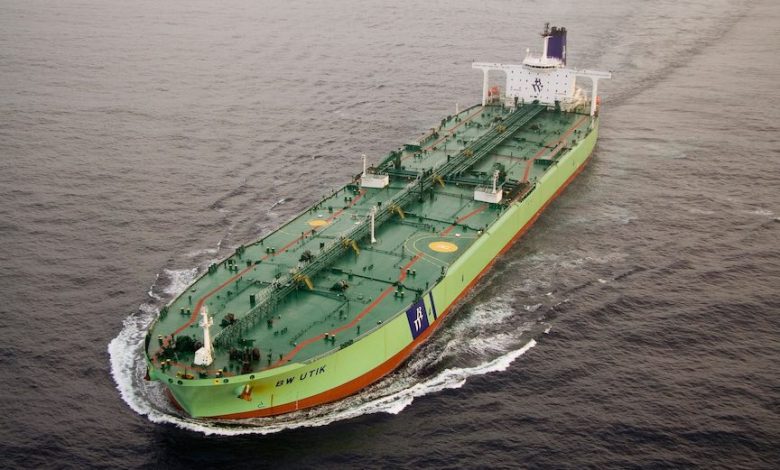BW rings the changes

Andreas Sohmen-Pao has sold his VLCC fleet, while other Singapore owners have feasted on cheap bulker bargains this year.
Andreas Sohmen-Pao continues to remake the BW Group in his own image. The third generation at the helm of what was originally World-Wide Shipping prior to 2003’s buyout of Bergesen, Sohmen-Pao is very much a poster boy for Singapore Maritime Inc too, on the board of various local shipping boards and chairing the Singapore Maritime Foundation. This year Sohmen-Pao chose to ditch the strand of business that arguably made his grandfather, Sir YK Pao, more money than anything else, namely VLCCs. BW Group surprised the market this March by selling all of its 11 VLCCs, including two newbuilds, to New York-listed DHT Holdings for $538m.
While still retaining a strong focus in the product tanker sector via BW Pacific, Sohmen-Pao is more keen these days to focus investments in the offshore and gas sectors as well as proving increasing adept at asset plays in the supramax to kamsarmax dry bulk sectors.
BW Dry Cargo formed last April has been among the most aggressive buyers of sub-panamax tonnage in the world – and latterly has also made tidy profits from selling some of these cheaply acquired assets.
Having completed the takeover of Norway’s Aurora LPG in December, this year BW LPG has set about rebranding the acquisition whereby all the bought ships are being renamed with BW suffixes. The acquisition gives BW LPG a commanding 52-ship share of the global VLGC sector.
Resurgent dry bulk
A host of other local names than BW Dry Cargo have also been at the forefront of the global rush to snap up cheap secondhand tonnage of late.
The most aggressive has been Winning Shipping, a Chinese firm headquartered in the Lion Republic that was among the top five dry bulk buyers of 2016, and has continued in this frame into 2017, taking three capesizes within the first two months of the year.
Bearing plenty of similarities to Winning is Everest Shipping – in that it is Chinese, based in Singapore and splashing serious cash for bulker bargains.
In February Everest summited tonnage-wise talking its largest ships to date, paying $70m for a pair of VLOCs. It has also added five capes to its fleet since the turn of the year marking it out as an advanced climber up the dry bulk ranks.
Not to be left behind from this bargain hunt, China Navigation has been busy scouring the market. It secured a one-year-old handysize for $15.5m in January and remains on the lookout for more vessels.
Towards the end of March Wilmar International, owned by local tycoon Kuok Khoon Hong, bagged a brace of supramax bulkers for just $19m en bloc. While still cheap, the deal shows how supramax prices have shot up in recent months. Wilmar secured a six-year-old supramax last August for $7m.
PIL turns 50, nears 500,000 slot mark
On the occasion of the 50th anniversary of the founding of Singapore liner firm Pacific International Lines (PIL), its managing director gave a rare interview this March with the Straits Times in which he outlined plans to grow his fleet beyond the 500,000 slot mark. With CMA CGM buying APL last year, PIL, one could argue, is now Singapore’s flagship carrier.
Teo Siong Seng, better known as SS Teo, said the 12 ships it has on order will take the company’s fleet size beyond half a million teu for the first time next year. Teo said the vessel additions would cement PIL as a “B-division” player, up from its erstwhile “C-division” status.
“We will be comfortable to operate at this size and there are only a handful of companies like this,” Teo told the Straits Times, adding: “At the moment, we don’t have any ambition to go into the next phase as we’re still a private company and capital is limited. We may in future, but I think we still have to be quite cautious for now.”
Teo said PIL is looking at adopting a range of digital technologies – from data analytics to blockchain to Internet of Things – to beef up its operations.
PIL was founded by Teo’s father in 1967, starting off with four coastal vessels. Today it is one of the largest shipping lines in Southeast Asia and the Teo family has plenty of other interests too, not least Singamas, one of the world’s largest container manufacturers.
This article first appeared as the lead introduction to Maritime CEO magazine’s Singapore special report. The full magazine can be accessed by clicking here.
